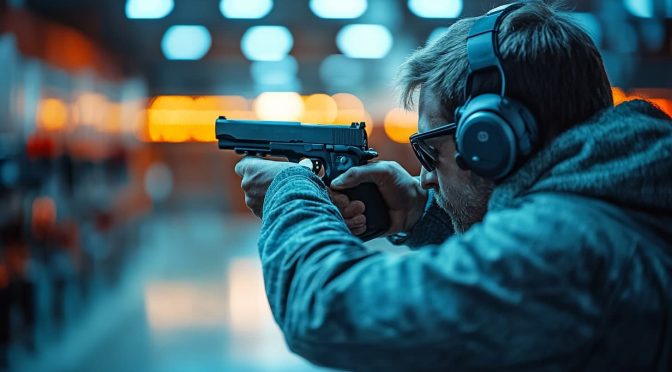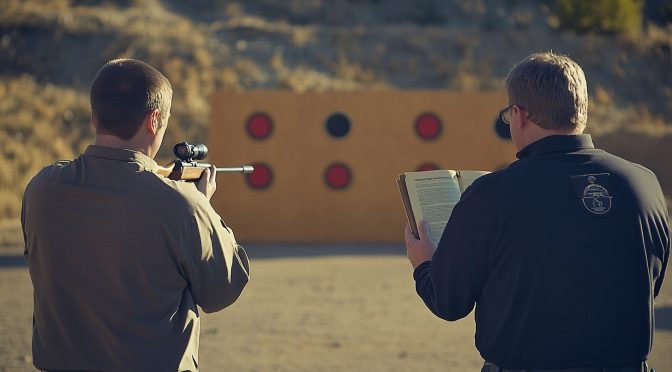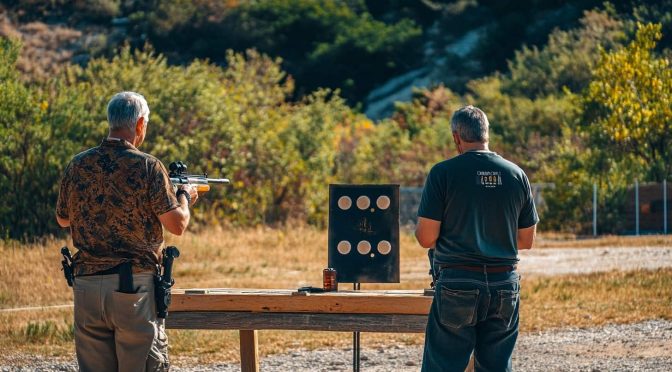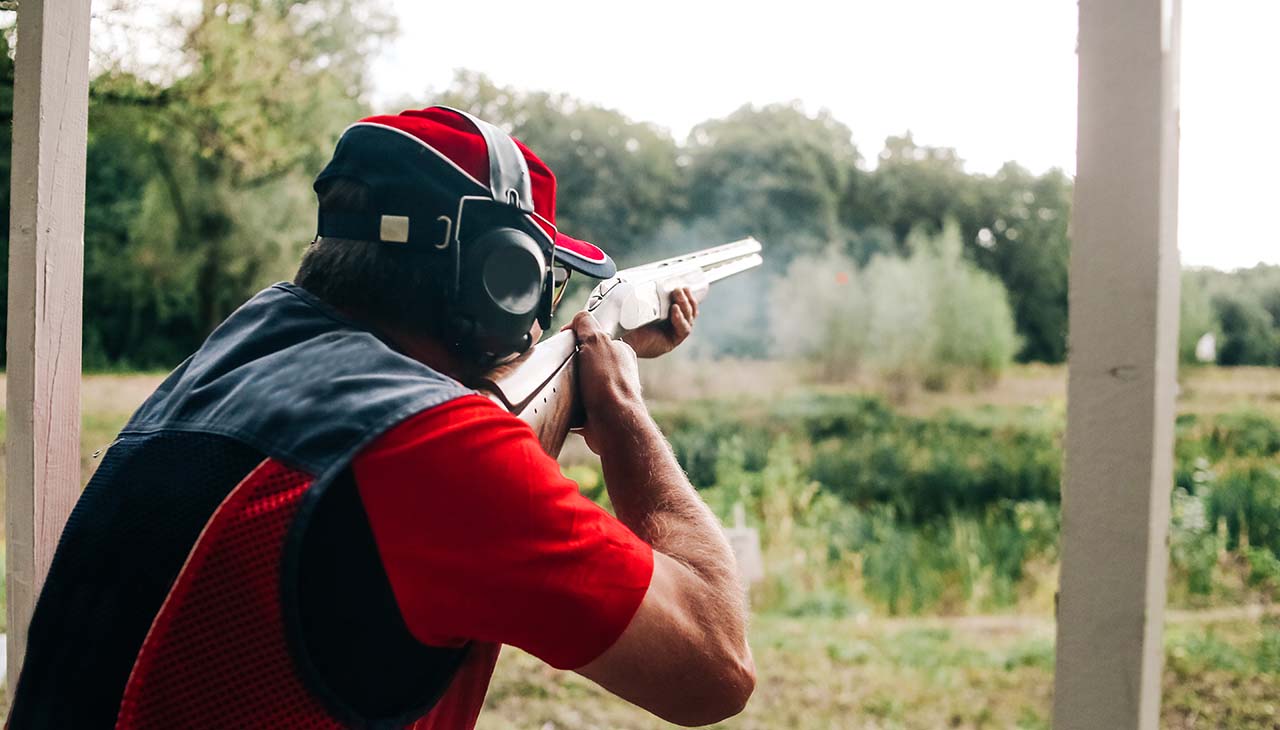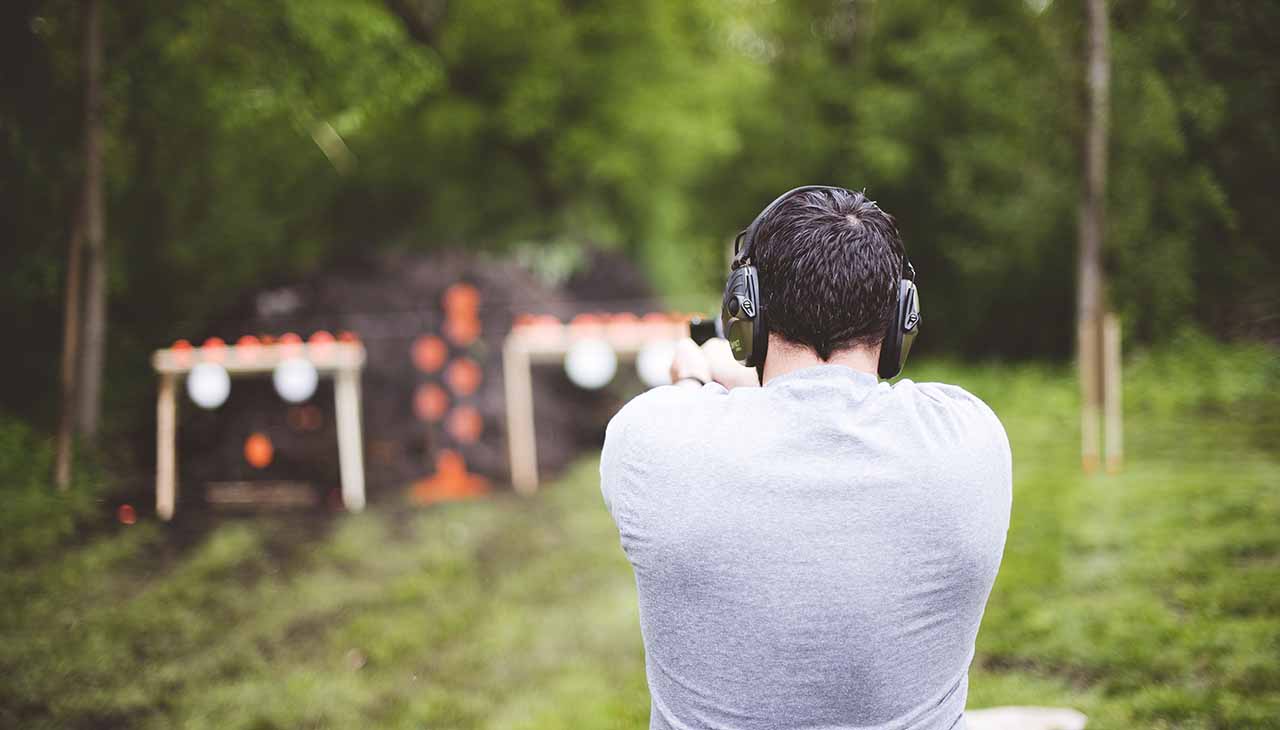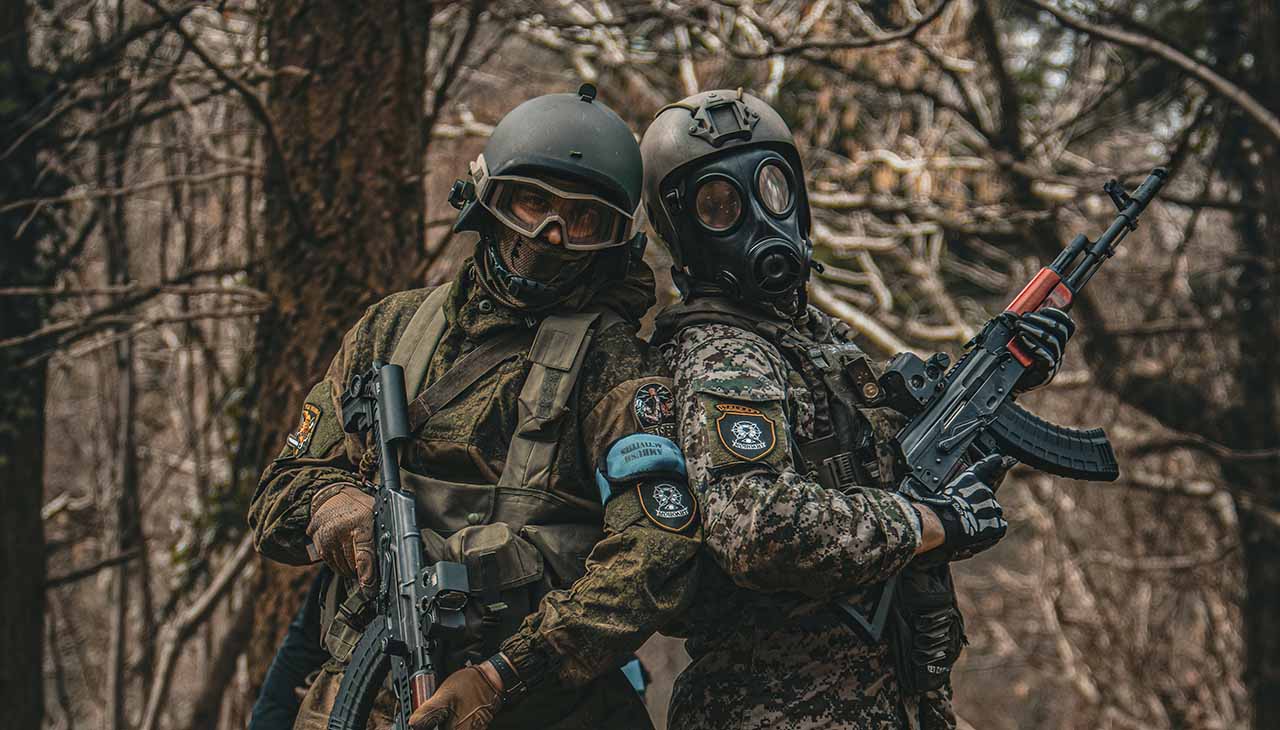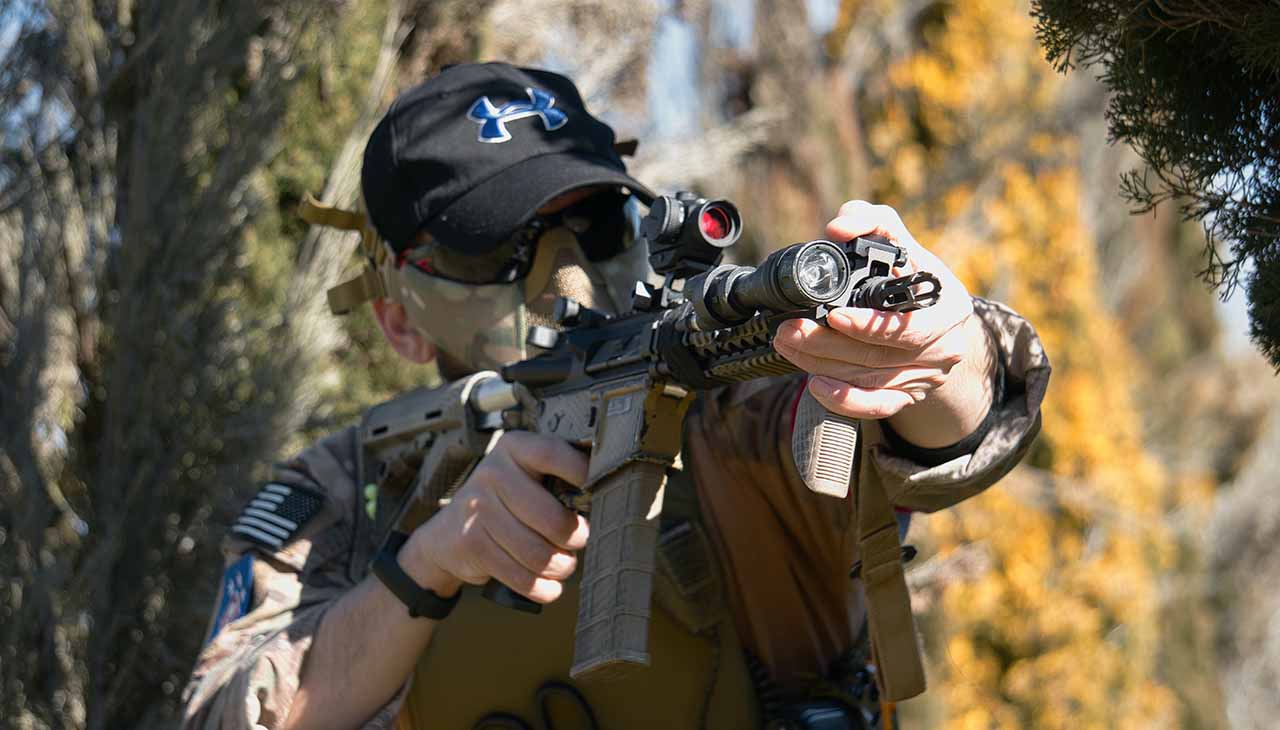Shooting sports and firearms training can be thrilling and rewarding experiences. Whether you are a beginner or a seasoned shooter, gun safety must always be the top priority. Proper firearm handling reduces risks and ensures a safe environment for everyone at the shooting range.
At our shooting range, we uphold the highest safety standards to protect our guests and staff. This guide will walk you through the fundamental safety rules, range etiquette, and best practices for handling firearms responsibly.
1. The Four Universal Rules of Gun Safety
Before stepping onto the range, every shooter must understand and follow these four universal safety rules:
1. Treat Every Firearm as if It’s Loaded
Even if you believe a gun is unloaded, always handle it with the assumption that it is live. This mindset helps prevent negligent discharges.
2. Never Point a Firearm at Anything You’re Not Willing to Destroy
Always keep the muzzle pointed in a safe direction. At a shooting range, this means keeping it aimed downrange at all times.
3. Keep Your Finger Off the Trigger Until You’re Ready to Shoot
Your trigger finger should rest outside the trigger guard until you have acquired your target and are prepared to fire. This prevents accidental discharges.
4. Be Sure of Your Target and What’s Beyond It
Know what you are aiming at and what lies behind it. This is crucial in preventing unintentional damage or injury.
2. Range Safety Rules and Etiquette
In addition to universal gun safety rules, shooting ranges have their own set of guidelines designed to protect everyone present. Here are some important ones to keep in mind:
Always Follow Range Officer Commands
Range Safety Officers (RSOs) are present to ensure compliance with safety regulations. Always listen carefully and follow their instructions.
Wear Proper Safety Gear
- Ear Protection: Firearms produce loud noises that can cause permanent hearing damage. Always wear earplugs or earmuffs.
- Eye Protection: Flying debris, hot casings, or malfunctioning firearms can pose a hazard to your eyes. Safety glasses or goggles are a must.
Know the Range Commands
Familiarize yourself with common range commands, such as:
- “Cease Fire” – Stop shooting immediately and await further instructions.
- “Range Is Hot” – The range is active, and shooting is permitted.
- “Range Is Cold” – No firearms may be handled; shooters may go downrange to check or adjust targets.
Use the Correct Ammunition
Ensure you are using the appropriate caliber and type of ammunition for your firearm. Using the wrong ammo can cause malfunctions or even catastrophic failures.
Load and Unload Firearms Only at Designated Areas
Firearms should only be loaded when at the firing line and pointed downrange. Always unload your firearm before leaving the shooting station.
3. Handling Malfunctions and Misfires Safely
Firearms can malfunction, and knowing how to handle them safely is essential. Common issues include:
- Hangfire: A delay between pulling the trigger and the round firing. If this happens, keep the firearm pointed downrange for at least 30 seconds before clearing it.
- Squib Load: A round that lacks sufficient power to exit the barrel. If a shot sounds unusually quiet or feels weak, stop shooting immediately and have a range officer inspect the firearm.
- Failure to Eject: A spent casing gets stuck in the ejection port. Clear the firearm safely before resuming shooting.
Never attempt to force a malfunctioning firearm to fire. If in doubt, ask a range officer for assistance.
4. Proper Firearm Storage and Transportation
Safety doesn’t end when you leave the shooting range. Responsible gun ownership includes proper storage and transportation practices:
Firearm Storage
- Store firearms in a locked safe or gun cabinet.
- Keep ammunition stored separately.
- Use trigger locks for an added layer of security.
Transporting Firearms
- Always transport firearms unloaded.
- Keep them in a secured gun case.
- Follow all local laws regarding firearm transportation.
5. Training and Continuous Education
Even experienced shooters should continue their firearm education. Consider enrolling in safety courses, defensive shooting training, or concealed carry classes to enhance your knowledge and skills.
Some key training topics include:
- Firearm maintenance and cleaning
- Shooting techniques and accuracy drills
- Defensive shooting and situational awareness
Regular training not only improves shooting skills but also reinforces safe handling habits.
6. Encouraging a Safety-First Culture
At our range, safety is a shared responsibility. Encourage fellow shooters to follow safety protocols and report any unsafe behavior to range officers. A culture of responsibility ensures that everyone can enjoy their shooting experience in a secure environment.
Conclusion
Safe firearm handling is the foundation of a responsible shooting experience. By following these essential safety guidelines, you contribute to a secure and enjoyable environment for yourself and those around you.
Whether you’re a first-time shooter or a seasoned professional, safety must always be the top priority. Visit our shooting range, where safety, education, and responsible firearm use go hand in hand.

